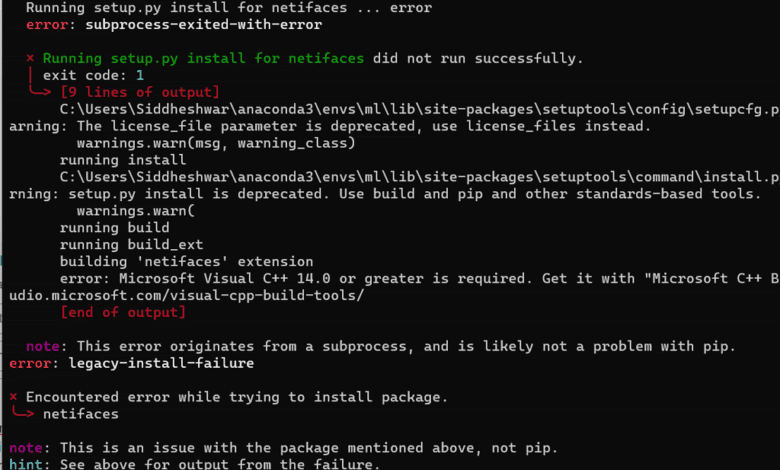How to Fix Error: Legacy-Install-Failure

Are you tired of encountering the dreaded legacy-install-failure error message while trying to install or update your software?
Frustrated with not finding a straightforward solution to fix this issue? Well, worry no more! In this blog post, we will dive deep into the world of legacy installation failures and provide you with an easy-to-follow guide on how to troubleshoot and resolve this pesky error.
Say goodbye to endless hours of frustration and hello to smooth installations as we uncover the secrets behind fixing error: legacy-install-failure once and for all!
Introduction to Error: legacy-install-failure
If you’re seeing the error legacy-install-failure when trying to install or update an app, it means that your device is incompatible with the app. This error is most common on older devices, but can also occur on newer devices if they’re running an outdated version of Android.
There are a few ways to fix this error:
- Try installing the app from a different source, such as the Google Play Store or Amazon Appstore.
- If you’re using an older device, try updating to the latest version of Android.
- If you’re using a newer device, make sure that you have all the latest updates installed.
- Try clearing the Google Play Store cache and data.
- Common Causes of Error: legacy-install-failure
There are a few common causes of the error: legacy-install-failure.
In most cases, it is caused by one of the following:
- an outdated or corrupt installation file;
- an incomplete or corrupt download;
- a virus or malware infection;
- an incompatible operating system.
In some cases, the error may also be caused by a hardware issue, such as a damaged hard drive or bad memory. If you suspect that your hardware is to blame, you can try running a diagnostic tool to check for errors.
Troubleshooting Steps for Error: legacy-install-failure
If you see the error message “legacy-install-failure” when trying to install or update a package using pip, it means that the package you’re trying to install is not compatible with your system. This can happen for several reasons:
- The package is not compatible with your operating system.
- The package is not compatible with your Python version.
- You don’t have the required dependencies for the package.
To fix this error, you need to find a compatible version of the package or install the required dependencies for the package. You can use pip’s compatible and require-hashes” options to help find a compatible version of the package:
pip install –compatible some_package # Finds a compatible version of some_package
pip install –require-hashes some_package # Checks if installed packages are compatible with some_package
How to Avoid Error: legacy-install-failure in the Future
In order to avoid the error: legacy-install-failure in the future, it is important to take some basic precautions. First, be sure to always install updates and security patches for your operating system. Second, if you are using an older version of an application, be sure to check for compatibility with your current operating system before installing it.
Third, make sure that you have enough free space on your hard drive for the installation. If you are still having trouble, contact the software developer or support for assistance.
Conclusion
We hope that this guide has been able to help you troubleshoot and fix the legacy-install-failure error on your computer. For those who are not tech savvy, it can be a daunting task to try and figure out what is causing the issue, but with our step-by-step guide, even beginners can learn how to solve their problem in no time at all.
If you still have any doubts or questions about fixing this error, feel free to contact us for more detailed assistance.
